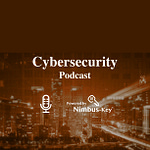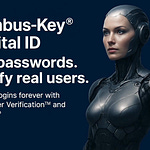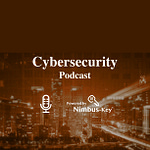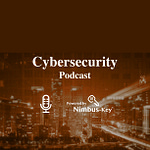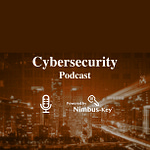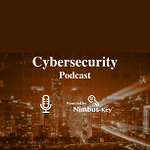The LinkedIn Bottleneck in B2B SaaS Growth
For B2B startups, LinkedIn is not just a networking platform — it’s a battlefield for attention, trust, and pipeline creation. Founders quickly realize that while LinkedIn offers access to nearly a billion professionals, turning those connections into revenue is neither simple nor scalable.
a) Manual scaling limits – Many founders begin by sending personalized messages themselves or assigning the task to one or two SDRs. This works for dozens of contacts a week but breaks down when you need hundreds or thousands of touchpoints. Hiring more SDRs increases overhead without guaranteeing conversions.
b) Personalization vs. volume tradeoff – Highly customized messages generate stronger responses, but they are time-consuming. Mass blasts, on the other hand, may reach thousands but often yield single-digit reply rates. Startups are trapped between quality and scale.
c) Spam filtering and LinkedIn fatigue – LinkedIn’s algorithms actively police outreach behavior. Repeated patterns, excessive connection requests, and generic templates can result in restrictions or bans. Meanwhile, prospects themselves are weary of cookie-cutter pitches.
d) Poor sequencing and weak touchpoint strategy – Many founders rely on a “one and done” connection request or a rigid three-message cadence. This fails to adapt to prospect behavior — some need more nurturing, others are ready to convert quickly.
e) Data decay and targeting drift – Roughly 30% of professionals change roles annually. Without continuous updates, contact lists quickly grow stale, and founders waste time messaging irrelevant or outdated leads.
f) Conversion drop-off – Even when a lead accepts a connection, many never move forward. Lack of proper qualification, timing misalignment, or poor handoff to sales causes valuable opportunities to die in the inbox.






